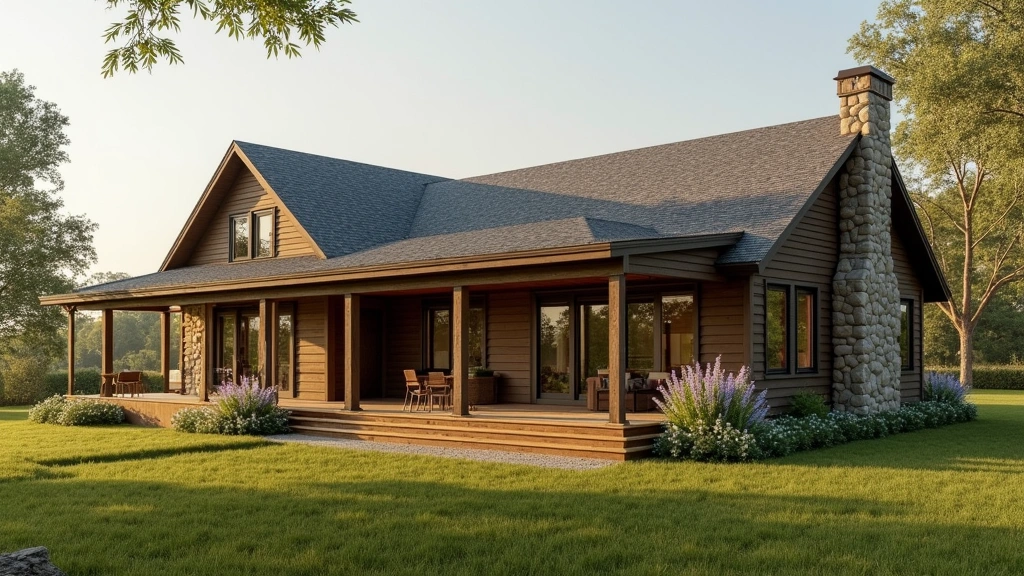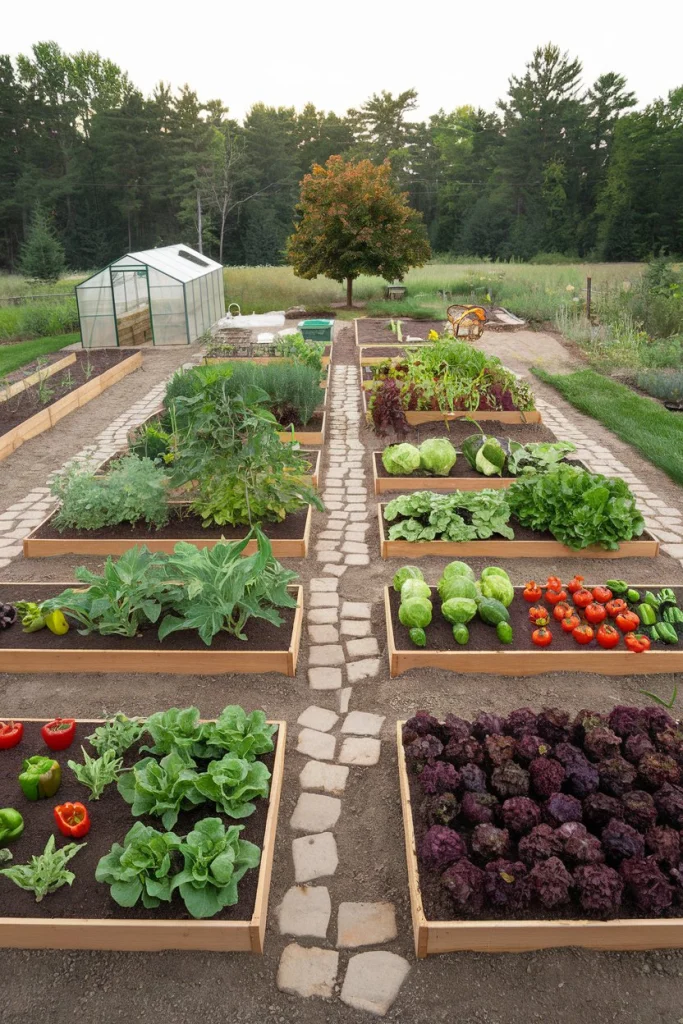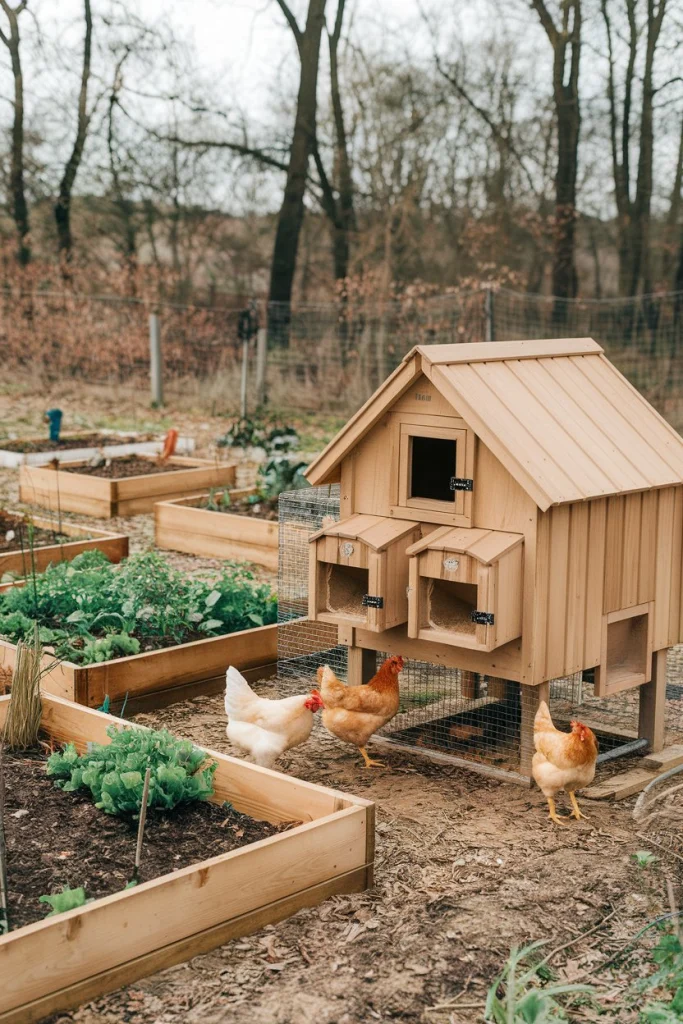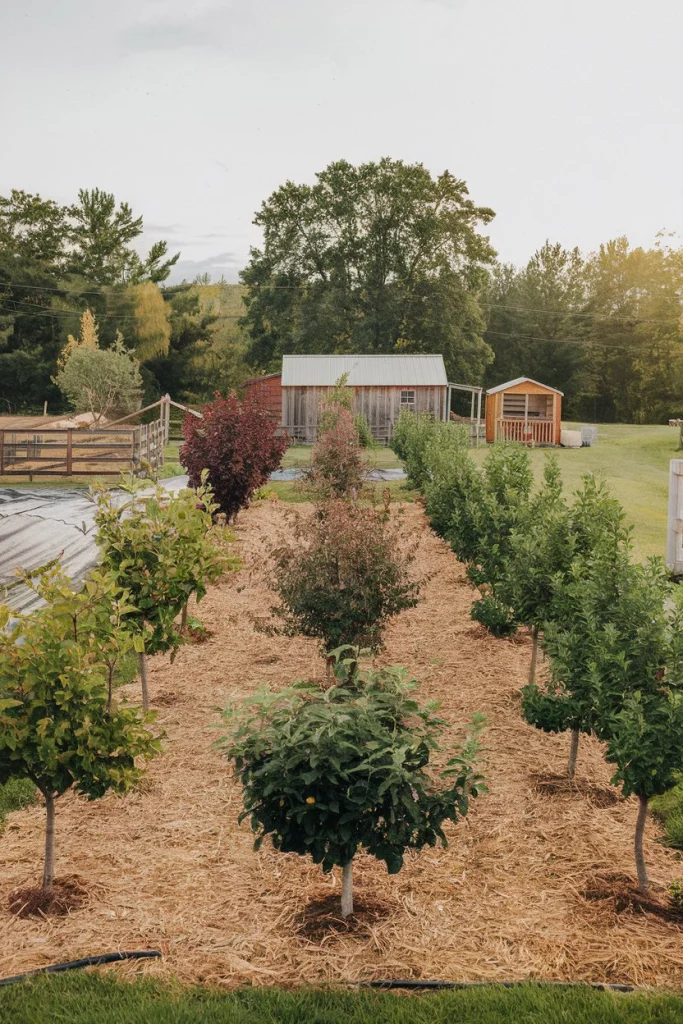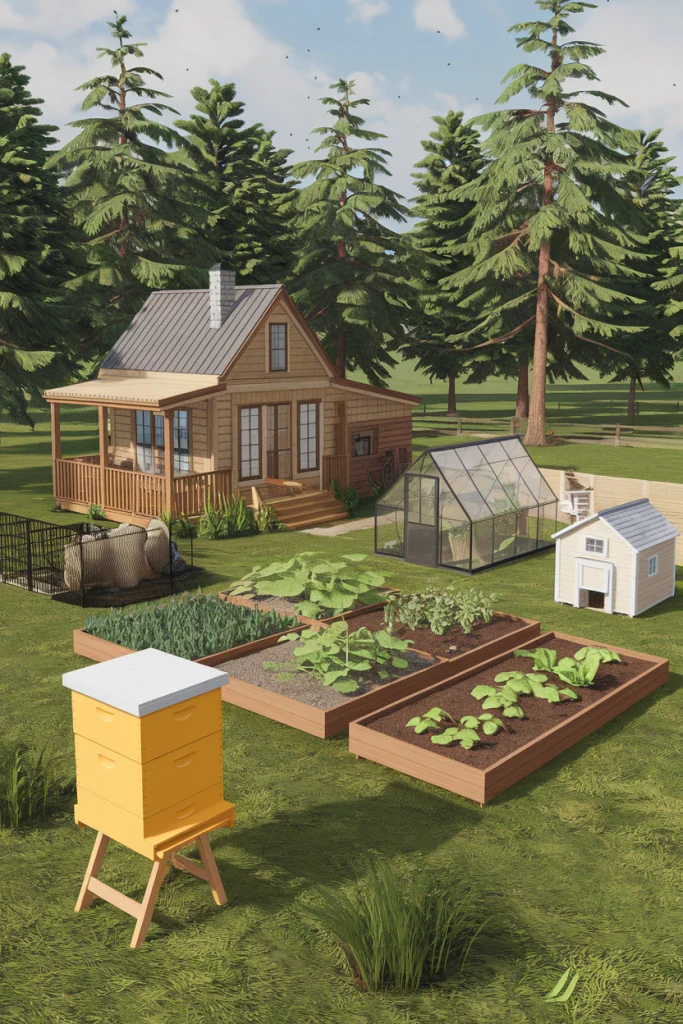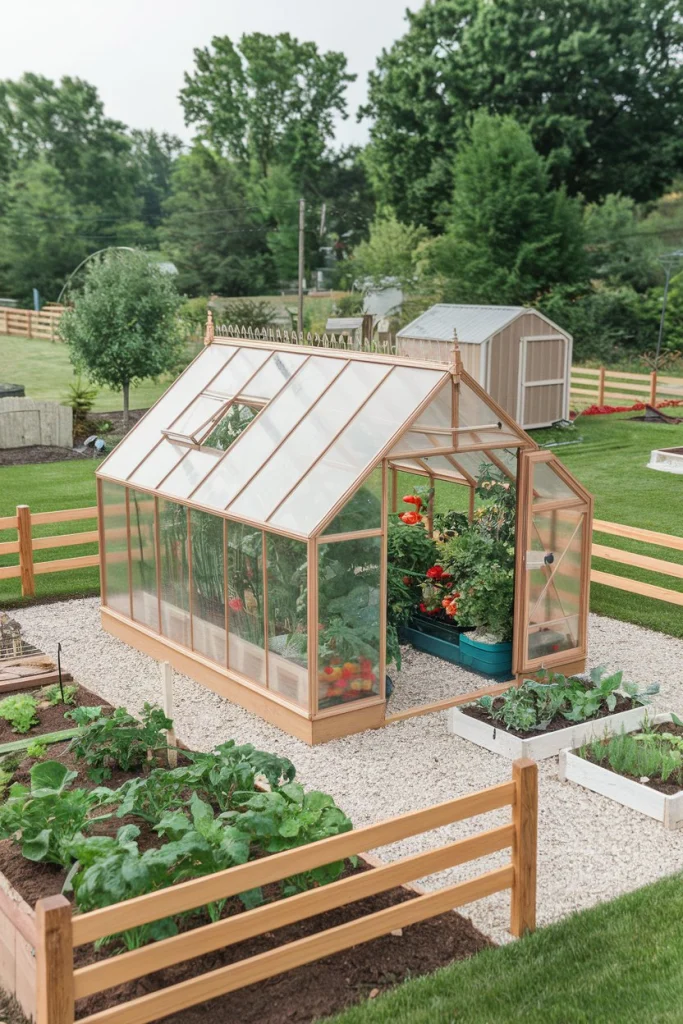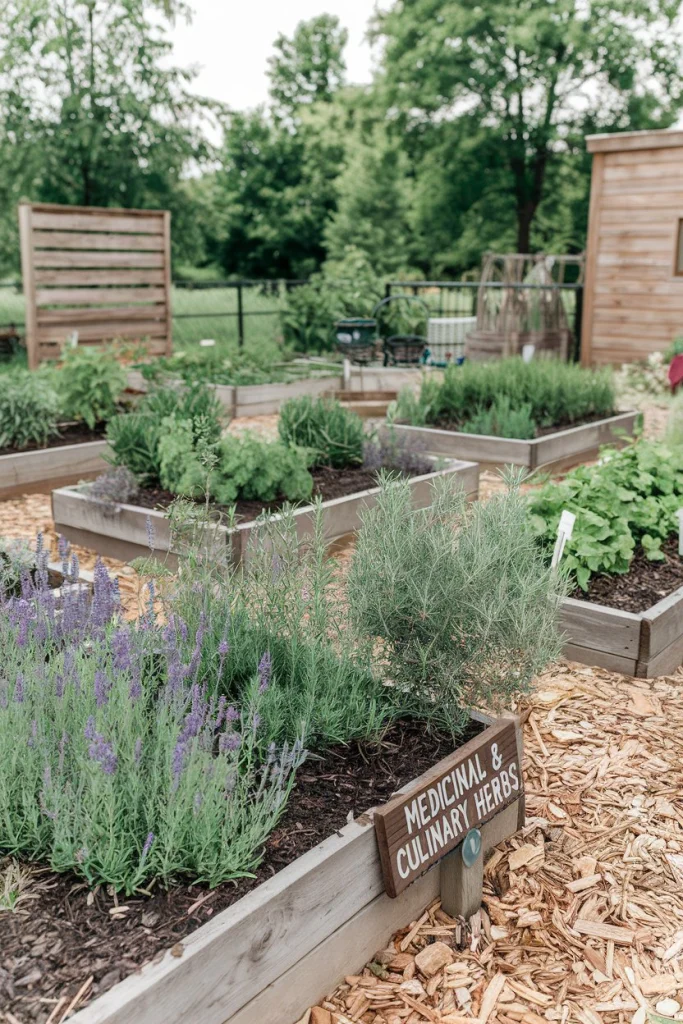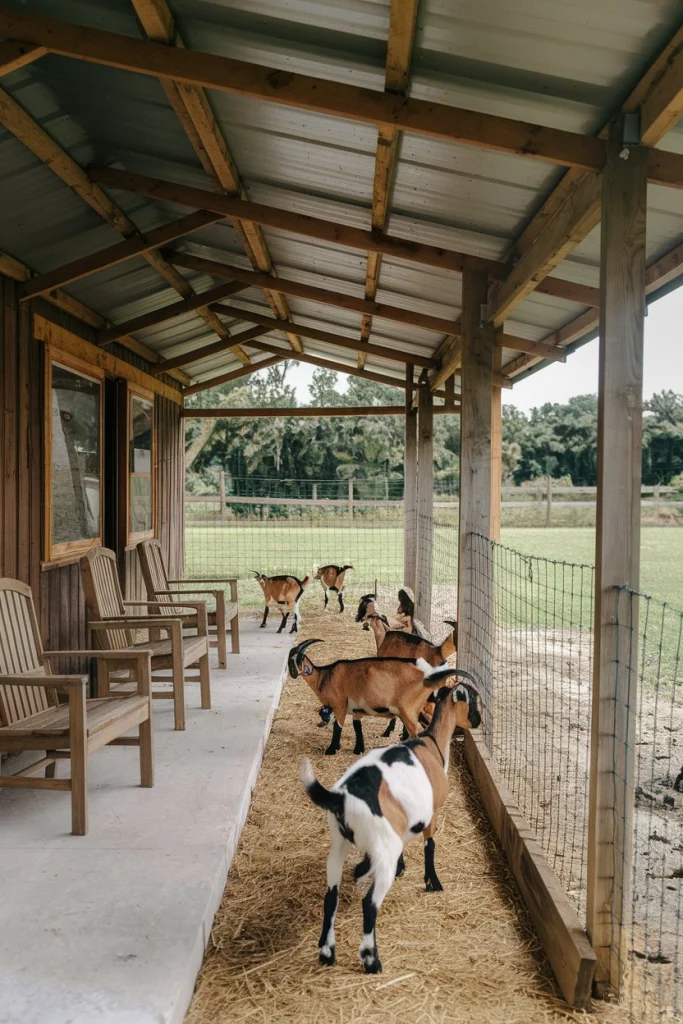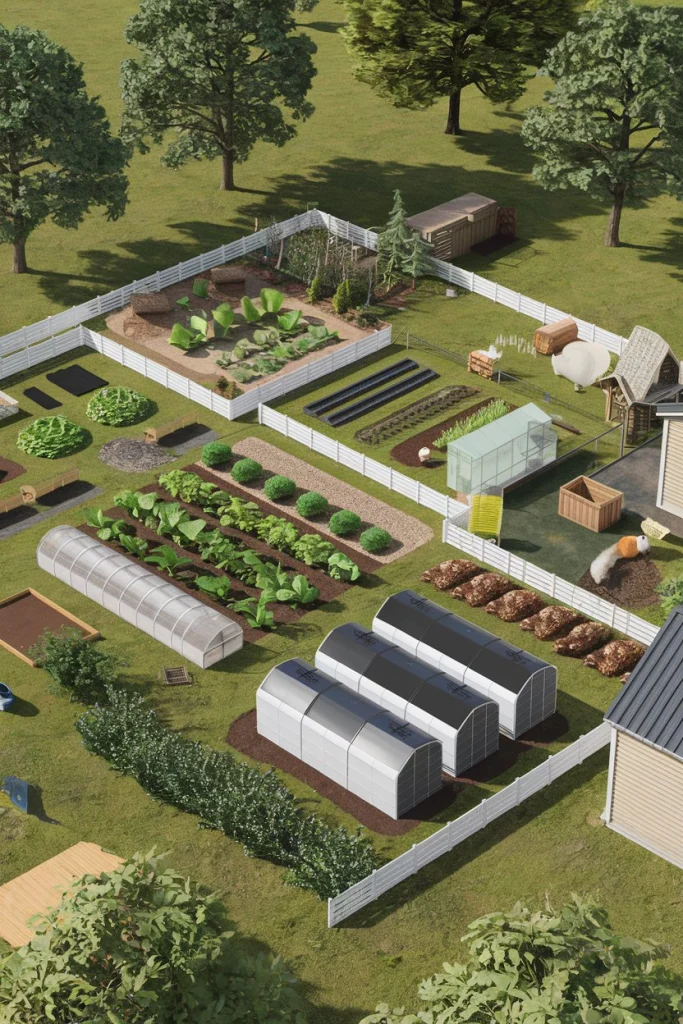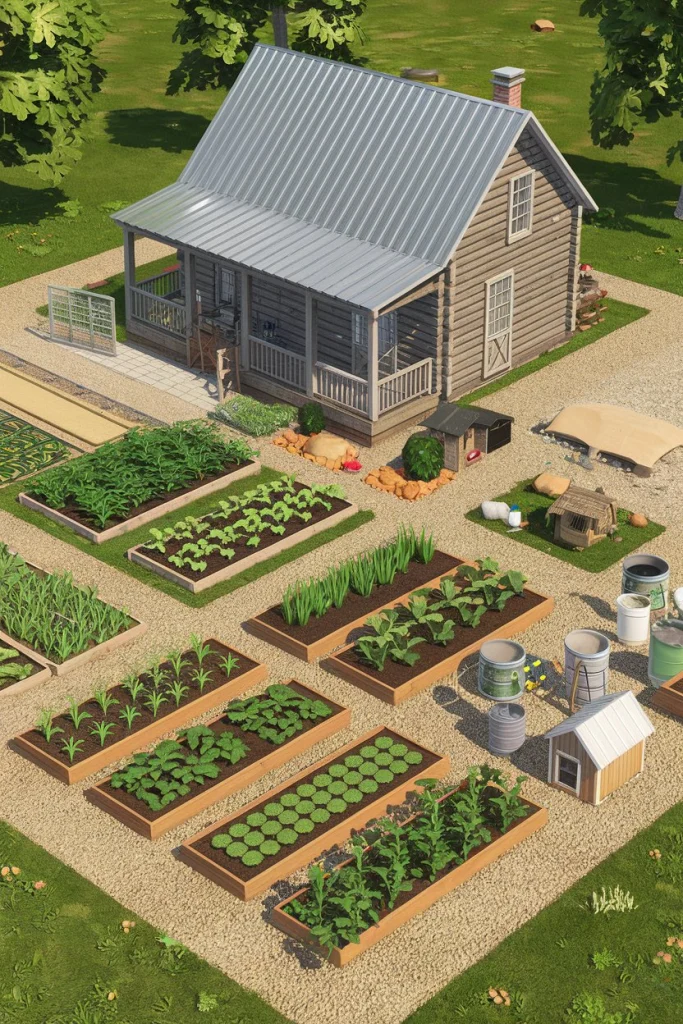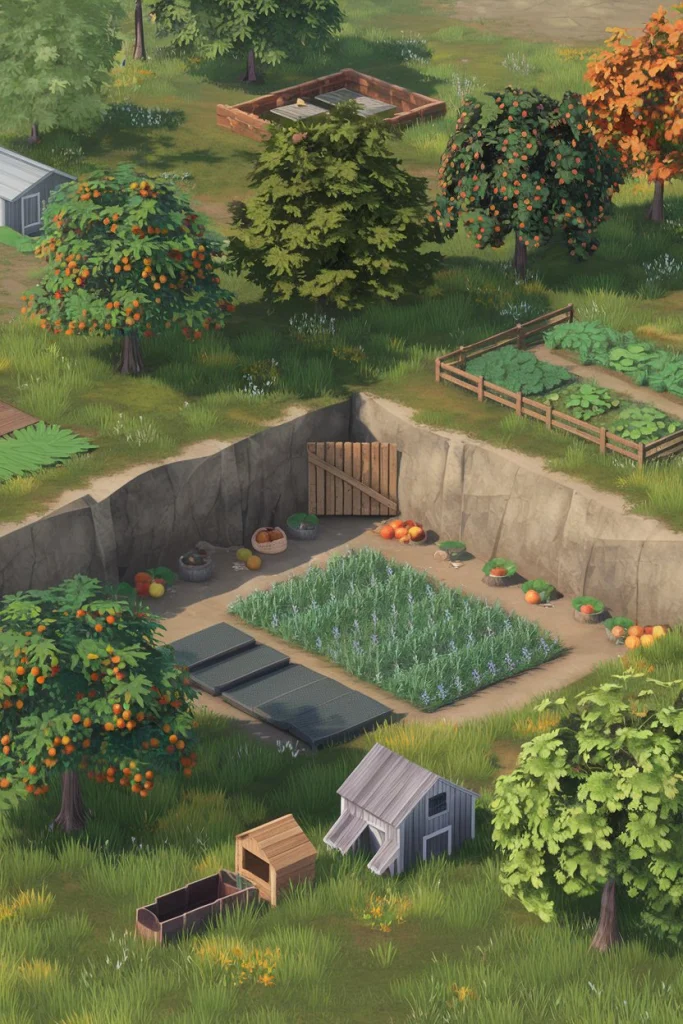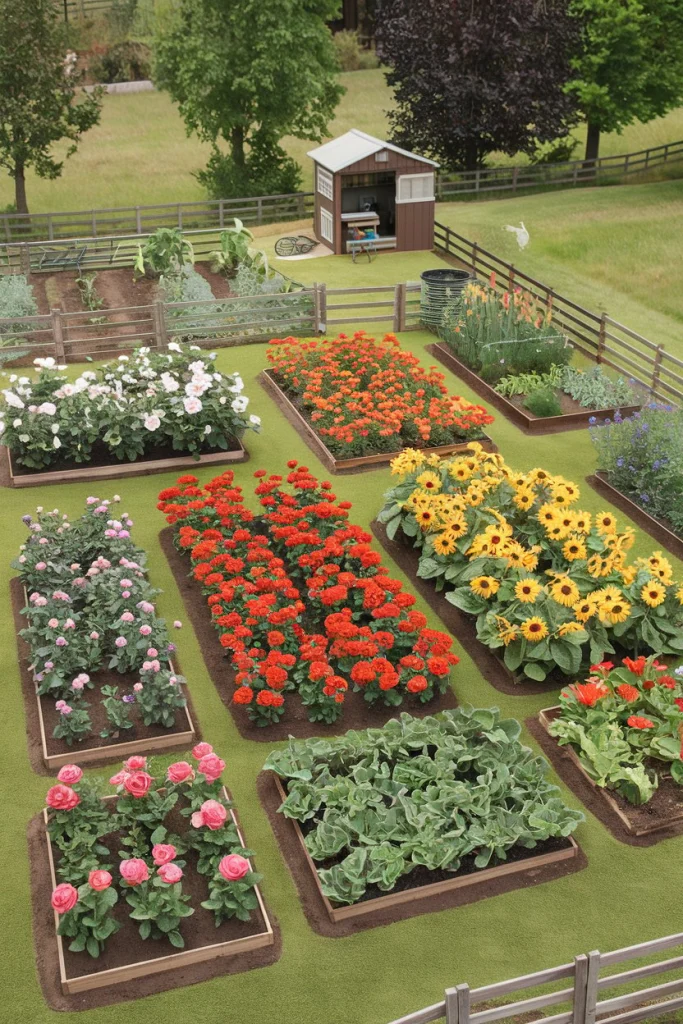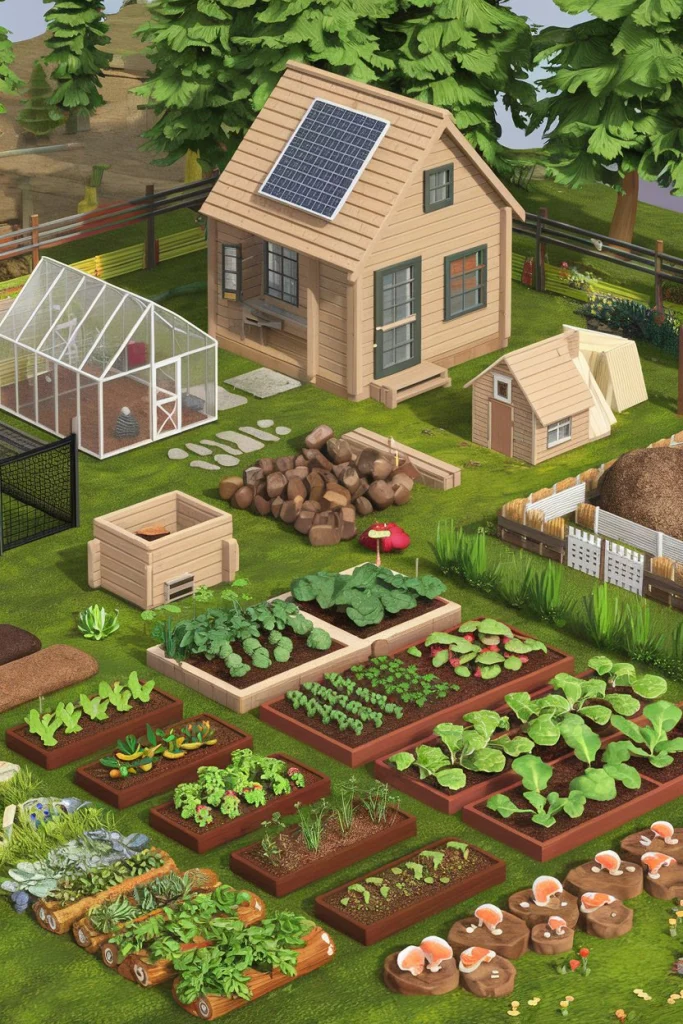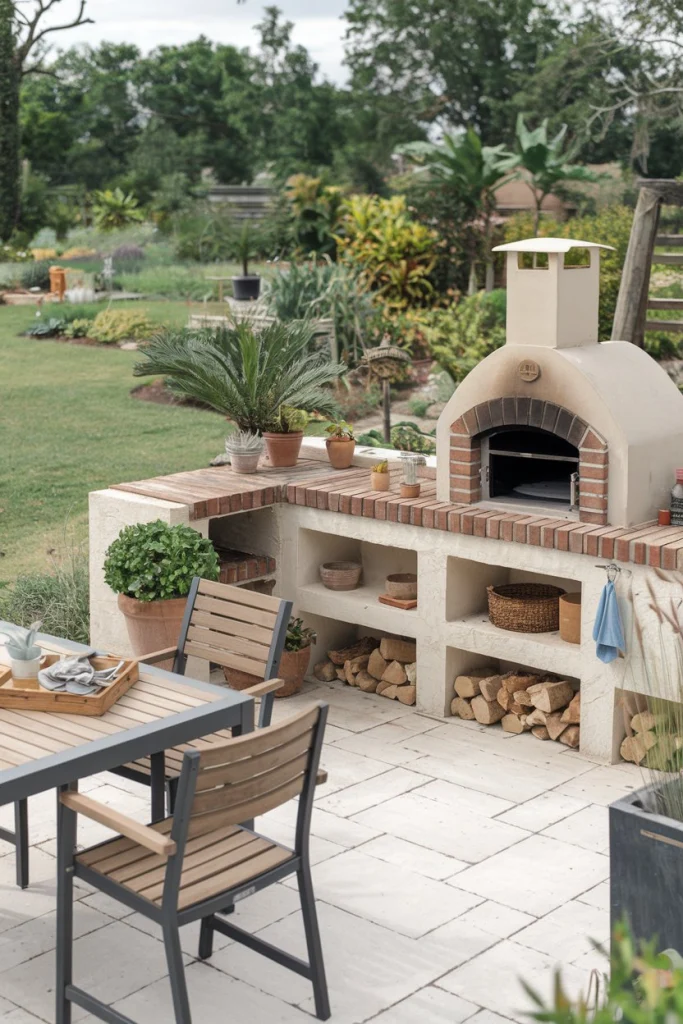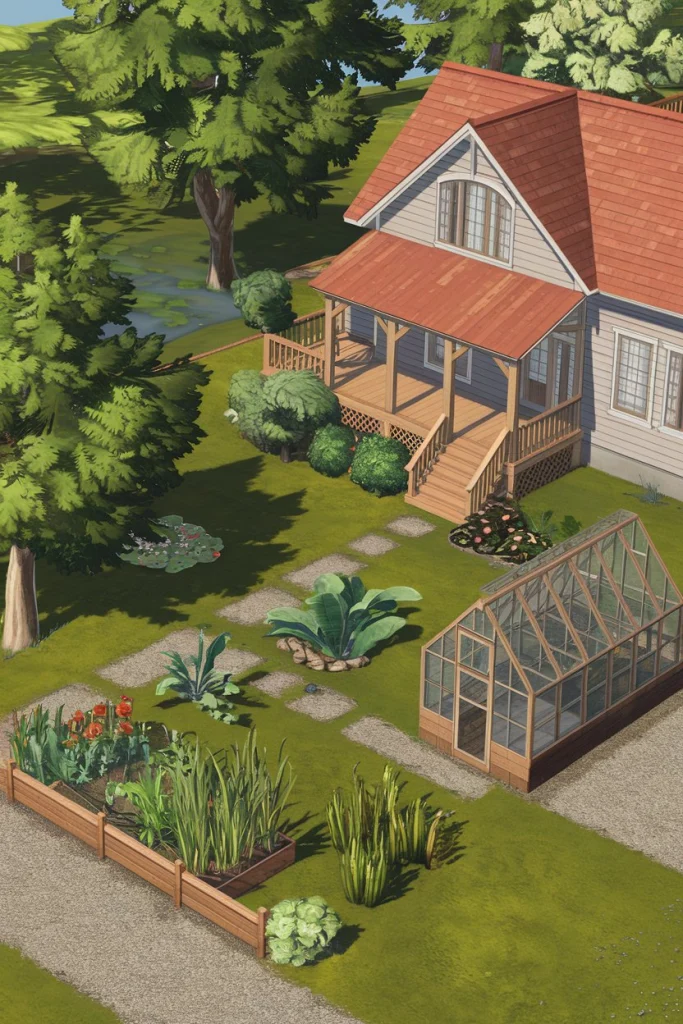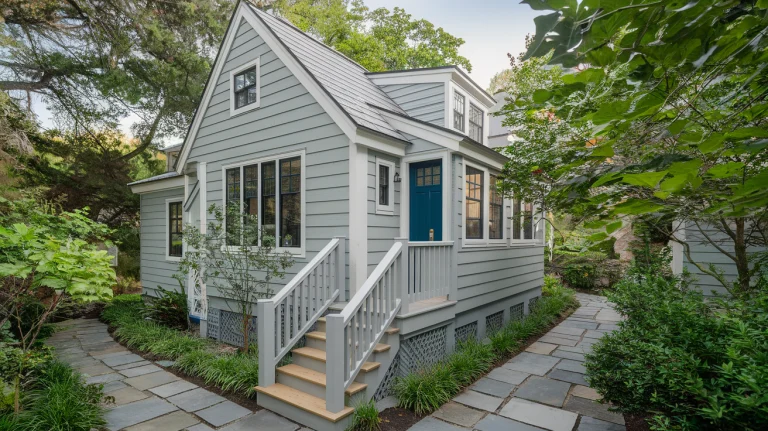A single acre of land holds immense potential for creating a self-sufficient homestead that balances productivity, sustainability, and functionality. Whether you’re new to small-scale homesteading or refining an existing setup, strategic planning ensures every corner of your acre contributes to food security, income, or resource conservation. Below are 14 actionable 1-acre homestead ideas to help you design a thriving, efficient space.
1. Design a High-Yield Vegetable Garden
Start with a 10’x10’ plot to grow nutrient-dense, fast-producing crops like kale, bush beans, and radishes. Incorporate permaculture design principles—such as vertical trellises for cucumbers and interplanting herbs like basil with tomatoes—to deter pests and maximize yields. Reserve a small section for root vegetables (carrots, beets) to diversify your harvest.
2. Raise a Small Chicken Flock
Chickens are ideal for compact livestock on a 1-acre homestead. A flock of 4–6 hens provides eggs and natural pest control. Rotate their coop to distribute manure evenly and prevent overgrazing. Opt for low-maintenance breeds like Australorps or Sussex.
3. Plant a Mixed Fruit Orchard
Dwarf apple, pear, and peach trees thrive in small spaces and yield fruit within 2–3 years. Underplant with berry bushes (blueberries, raspberries) to create a layered, sustainable food forest. Espalier trees against fences to save space and boost sunlight exposure.
4. Integrate Beekeeping
A single beehive supports pollination and provides honey. Place hives near flowering plants or your vegetable garden to enhance productivity. Modern starter kits simplify hive management, making this a viable addition to small-scale homesteading.
5. Build a Season-Extending Greenhouse
A DIY greenhouse using repurposed materials (PVC, polycarbonate) allows year-round growing. Start seedlings early, protect tender crops from frost, and experiment with heat-loving plants like peppers or eggplants.
6. Grow Medicinal & Culinary Herbs
Allocate a sunny corner for herbs like chamomile, thyme, and echinacea. These plants require minimal space, improve soil health, and serve dual purposes—homemade remedies or culinary enhancements.
7. Raise Nigerian Dwarf Goats
These compact goats provide milk without demanding large pastures. Their grazing habits help manage weeds, and their manure enriches soil. Ensure sturdy fencing to contain these agile escape artists.
8. Develop a Composting System
Convert kitchen scraps and yard waste into nutrient-rich compost. Use a three-bin system to rotate materials, and avoid meats or dairy to prevent pests. Compost feeds soil, reducing reliance on synthetic fertilizers—a cornerstone of sustainable living.
9. Install Rainwater Collection
Link rain barrels to gutter downspouts to harvest free water for gardens or livestock. A 50-gallon barrel can offset irrigation costs and build resilience during dry spells.
10. Create a Root Cellar for Storage
Preserve harvests by burying an insulated container or converting a basement corner. Root cellars maintain cool, humid conditions ideal for storing potatoes, apples, and squash for months.
11. Cultivate a Cut-Flower Garden
Dedicate a raised bed to flowers like zinnias, cosmos, or snapdragons. Sell bouquets locally or use blooms to attract pollinators, enhancing your homestead’s biodiversity.
12. Grow Mushrooms on Logs
Shiitake and oyster mushrooms thrive on hardwood logs in shaded areas. Pre-inoculated spawn kits simplify the process, offering a protein-rich harvest with minimal effort.
13. Establish an Outdoor Kitchen
Construct a functional cooking space with a fire pit, grill, or solar oven. Outdoor kitchens streamline food preservation (canning, dehydrating) and reduce energy costs.
14. Prioritize a Restorative Zone
Designate a quiet area for relaxation—a bench, shade garden, or small pond. Mental well-being is critical to sustaining the demands of self-sufficient homesteading.
Final Thoughts: Building Your 1-Acre Homestead
These 1-acre homestead ideas emphasize efficiency, sustainability, and adaptability. Start with projects that align with your goals—whether food independence, income streams, or environmental stewardship. Track progress, adjust layouts as needed, and leverage community knowledge to refine your approach.
By integrating permaculture design, compact livestock, and renewable resources, your acre can evolve into a resilient, productive ecosystem. Remember, the journey to a self-sufficient homestead is iterative. Celebrate small wins, learn from setbacks, and let your land’s unique potential guide you.

